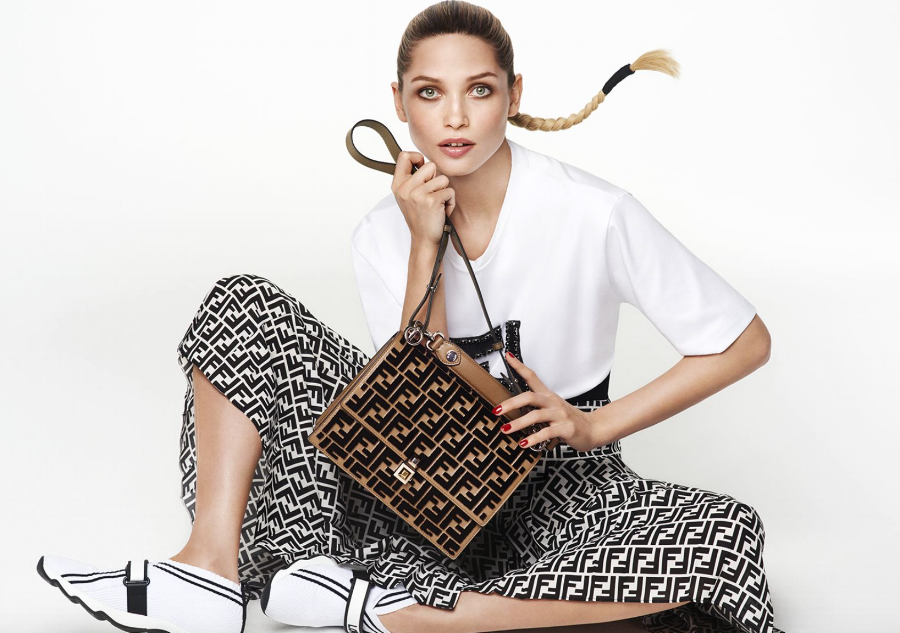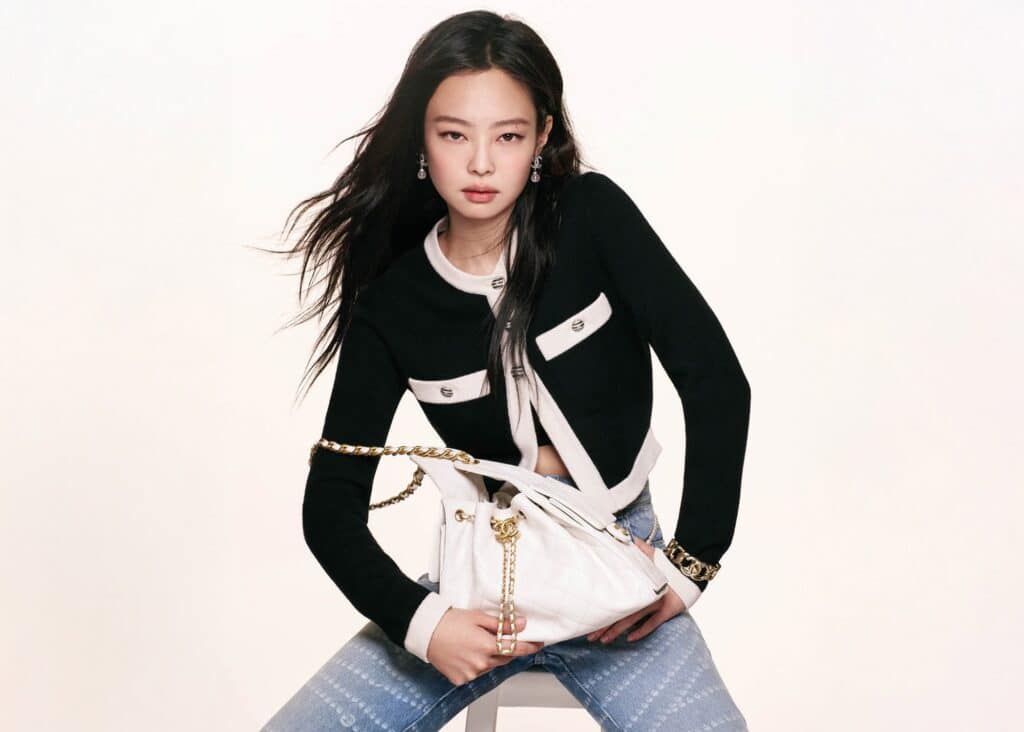In the 1880’s Louis Vuitton began covering its luggage with monogram prints, many of which are still in use today. Almost from the outset, the Paris-based company was targeted by counterfeiters, who aimed to profit from the established appeal of and measure of quality associated with the luggage-maker for their own gain. So, under the watch of Gaston-Louis Vuitton, the son of the company’s eponymous founder, who took control after his father’s death in 1936, began exploring ways to legally protect the house’s coveted creations.
Louis Vuitton’s approach to anti-counterfeiting is, in hindsight, straightforward, obvious even: it created monogram canvas designs, which it would use to craft its various bags and other travel items. The prints, themselves, could be protected by law and thus, would give rise to legal causes of action if they were copied. More than merely an attempt to ward off copycats, the distinct logo and source-identifying monogram that cover so many of Louis Vuitton’s products would go on to serve another purpose entirely: it would help the brand to achieve widespread marketing – for free – simply by way of consumers carrying the products.
Fast forward to the 1960’s and 70’s and a whole slew of other brands proved particularly willing to jump on board. For instance, under the watch of the now-late Karl Lagerfeld, Fendi – the Italian design house subsequently swallowed up by the empire that is Louis Vuitton’s parent company LVMH Moët Hennessy Louis Vuitton – adopted its “FF” motif logo.
Initially, the 93-year old Fendi printed the double “F” logo on a jacquard fabric and used it to line the interior of its own travel trunks, not terribly unlike how Louis Vuitton had been using its own monogram for decades. Like Louis Vuitton, Fendi was utilizing its brown-and-black logo not as a fashion statement, so to speak, but as an indicator of source and a way for consumers to distinguish its wares from those of its competitors.
Skip ahead again, this time to 2018, and the rate at which consumers are using their own bodies, bags, and social media accounts to advertise on behalf of brands – without being paid to do so – is unprecedented. There is nary a fashion figure or fashion fan whose Instagram account is not rife with others’ branding (i.e., trademarks) – whether it be imagery of Gucci-logoed t-shirts, Glossier-stamped lip balms, double “C” adorned Chanel bags, or Supreme box logo-branded hoodies.
Fendi has gone from using its logo to line the interiors of its trunks to covering everything from crop tops and t-shirts to footwear and bags with its “FF” symbol, while Louis Vuitton has trotted out logo-laden trench coats and a heavily trademark-tagged wares as part of recent collaborations, in addition, of course, to its routine use of its logo on no small number of bags, small leather goods, and other accessories.
Not only do such visible logos benefit brands by providing them with cost-free, word-of-mouth-style marketing (assuming that such visibility to measured carefully to prevent full-blown logo-fatigue and the risk of consumer pushback), the presence of such logos is the exact factor that enables brands to charge a premium for their products.
The marketing-driven luxury-centric goodwill that comes with certain brands’ logos, and the social signals that those trademarks send is often what tips the scale for consumers and gets them to shell out for one product, as opposed to another.
The Cult of the Logo
The specific reasons for why consumers are collectively willing to adorn our bodies or our bags with branded content varies. Most centrally, however, is the status element. As we once noted in connection with Vetements, for instance, “At its core, the brand is tapping into fashion fans’ desires to show that they are connected, that they are in the know, that they have something exclusive, that they are cool.”
Those Vetements-wielding consumers – and more generally, nearly all consumers – were buying to keep up with appearances and/or to buy their way into a community of other in-the-know shoppers. In other words, they were buying to cement themselves into the zeitgeist. Shoppers now – just like shoppers in the past – aim to maintain the appearance of status, and a branded sweatshirt, “it” sneaker, or specific logo-wielding bag will give them that for a few seasons.
This is far from a novel practice. As Dimitrios Tsivrikos, a consumer psychologist at the University College London, told Vice: “In the past, tribes would decorate themselves with feathers or precious stones to set them apart from other tribe members and attract potential mates.” In the same way, says Tsivrikos, “collecting and wearing Supreme [products] really allows people to build their identities.”
According to Tsivrikos, “Millennials in particular are very aware of different consumer tribes; they look to inspire or impress peers who share the same kind of interests as them, who will recognize that particular t-shirt.” So, really, he says, we make our views, values, desired persona apparent by way of our clothing and/or accessories “for a very small group of people.”
And while such wares give a consumer the ability to signify his/her desired status, lifestyle, or mood at any given time without ever having to utter word, it is more so for the benefit of brands, which are able to not only profit from our purchases of their branded products but it also enables them to create a tribe of devoted fans who become brand ambassadors everywhere they go.
At a time when consumers are largely immune to traditional advertising methods and influenced more by “authenticity”-driven marketing, such as word-of-mouth endorsementsor native advertising, this is a powerful – and remarkably affordable – marketing opportunity, and to some extent, all brands really have to do is sit back and enjoy.













